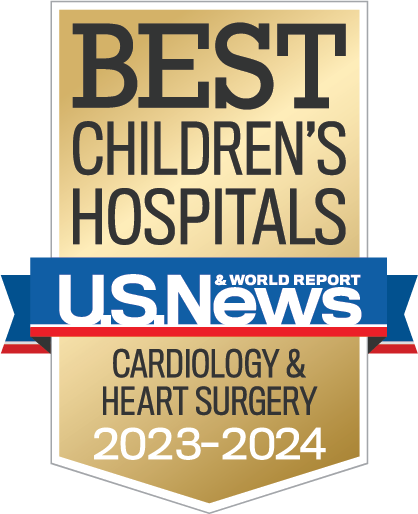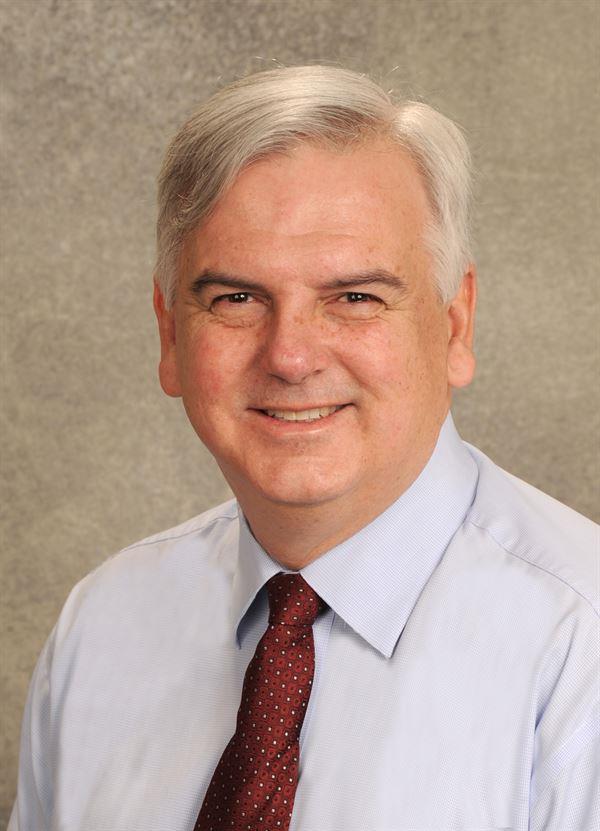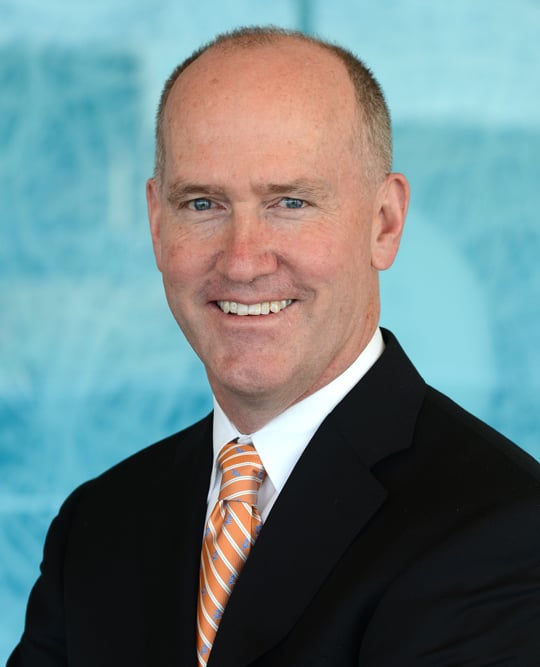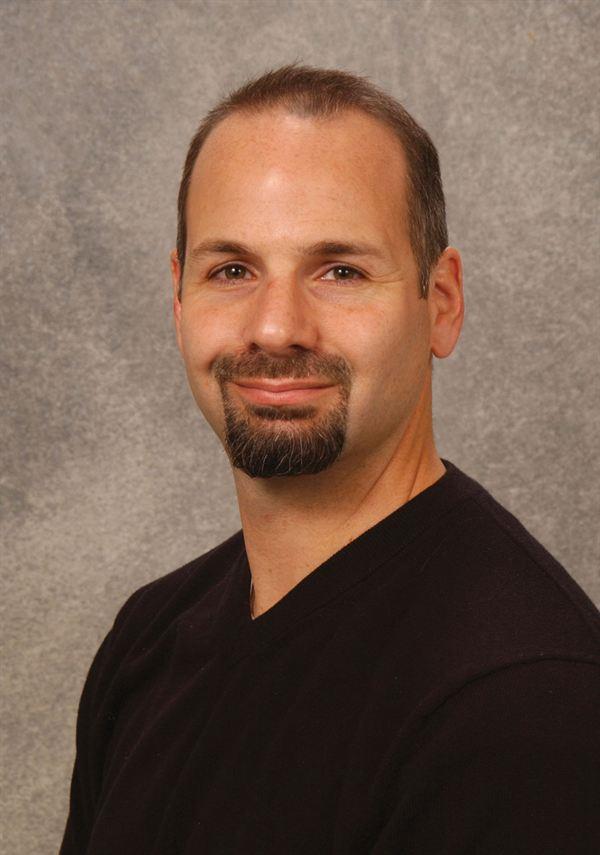- Doctors & Departments
-
Conditions & Advice
- Overview
- Conditions and Symptoms
- Symptom Checker
- Parent Resources
- The Connection Journey
- Calm A Crying Baby
- Sports Articles
- Dosage Tables
- Baby Guide
-
Your Visit
- Overview
- Prepare for Your Visit
- Your Overnight Stay
- Send a Cheer Card
- Family and Patient Resources
- Patient Cost Estimate
- Insurance and Financial Resources
- Online Bill Pay
- Medical Records
- Policies and Procedures
- We Ask Because We Care
Click to find the locations nearest youFind locations by region
See all locations -
Community
- Overview
- Addressing the Youth Mental Health Crisis
- Calendar of Events
- Child Health Advocacy
- Community Health
- Community Partners
- Corporate Relations
- Global Health
- Patient Advocacy
- Patient Stories
- Pediatric Affiliations
- Support Children’s Colorado
- Specialty Outreach Clinics
Your Support Matters
Upcoming Events
Colorado Hospitals Substance Exposed Newborn Quality Improvement Collaborative CHoSEN Conference (Hybrid)
Monday, April 29, 2024The CHoSEN Collaborative is an effort to increase consistency in...
-
Research & Innovation
- Overview
- Pediatric Clinical Trials
- Q: Pediatric Health Advances
- Discoveries and Milestones
- Training and Internships
- Academic Affiliation
- Investigator Resources
- Funding Opportunities
- Center For Innovation
- Support Our Research
- Research Areas

It starts with a Q:
For the latest cutting-edge research, innovative collaborations and remarkable discoveries in child health, read stories from across all our areas of study in Q: Advances and Answers in Pediatric Health.


Heart
Tetralogy of Fallot (TOF)
We see more, treat more and heal more kids than any other hospital in the region.

Tetralogy of Fallot is a congenital heart defect that involves the incorrect formation of the septum (partition) between the right and left ventricles. This condition results in mixing oxygen-rich and oxygen-poor blood across the ventricular septal defect, which causes an overall decrease in the amount of oxygen in the blood.
It is called tetralogy of Fallot because "tetralogy" means "four" in Greek and there are four defining features of this heart defect.
The four heart problems that make up tetralogy of Fallot include:
- A hole between the ventricles or the lower chambers of the heart, called a ventricular septal defect (VSD).
- A blockage or kink in the pulmonary artery where blood flows from the heart to the lungs.
- The aorta, the largest blood vessel, lies over the hole (VSD) in the lower chambers of the heart.
- The muscle surrounding the lower right chamber is too thick.
Some patients may also have a complete blockage from the right ventricle (called pulmonary valve atresia). Pulmonary valve stenosis, or the pulmonary valve's inability to open properly, is also seen in babies with tetralogy of Fallot. This defect usually limits blood flow to the lungs, resulting in lower oxygen levels in the baby's body after birth.
What causes tetralogy of Fallot?
Tetralogy of Fallot is a congenital heart condition, meaning children are born with it. The cause of the condition is not known. In some situations, it may be associated with certain genetic syndromes like DiGeorge syndrome, also known as 22q11.2 Deletion Syndrome.
Children usually show symptoms of the condition and are diagnosed shortly after birth. With treatment, kids with tetralogy of Fallot can lead normal, healthy lives. However, if your child has tetralogy of Fallot, he or she will need follow-up care to monitor any changes in the heart.
Learn more about our nationally-ranked Heart Institute for the treatment of this condition.
See why our outcomes make us one of the top heart hospitalsIn the model below:
Tetralogy of Fallot is a congenital heart defect that affects four main areas of the heart. One feature of the condition is the incorrect formation of the septum (partition) between the left ventricle (1) and the right ventricle (2). This condition results in mixing oxygenated and deoxygenated blood across the ventricular septal defect (VSD) (3), which causes an overall decrease in the amount of oxygen in the blood. Another feature of tetralogy of Fallot is a narrow pulmonary artery (4). Because the pulmonary artery is narrow or stenotic, it makes it difficult for blood to travel to the lungs to receive oxygen. Another defining feature is a misaligned aorta (5). With this condition, the aorta is positioned so that the deoxygenated blood traveling through the VSD flows directly into the aorta instead of the pulmonary artery.
What are signs and symptoms of tetralogy of Fallot in kids?
Children with this heart condition often have a blue tint to their skin, lips and fingernails. This is called "cyanosis" and means that not enough oxygen-rich blood is reaching the child's body.
Sometimes, a baby only shows signs of cyanosis after crying or feeding. These episodes are called "Tet spells."
Other tetralogy of Fallot symptoms include:
- Trouble feeding
- Poor growth and weight gain (failure to thrive)
- Fainting
- Clubbed fingers
If your child is having any of these symptoms, especially cyanosis, contact your doctor immediately.
How do doctors diagnose tetralogy of Fallot before birth?
Fetal ultrasound is used to identify babies with tetralogy of Fallot early in pregnancy. Prenatal (before birth) diagnosis is important because babies with this heart condition may have additional organ or chromosomal abnormalities, such as 22q11.2 Deletion Syndrome.
How do doctors diagnose tetralogy of Fallot after birth?
If your doctor suspects your child has a congenital heart defect, he or she will want to do more tests to examine the heart. These tests will help your cardiologist identify the problem affecting your child and allow the cardiac team to create a treatment plan.
Other tests that help cardiologists diagnose tetralogy of Fallot are:
- Chest X-ray
- EKG
- Holter and event monitors
- Echocardiogram (echo)
How is tetralogy of Fallot treated?
Babies diagnosed with TOF will require heart surgery or an interventional cardiac catheterization after birth to correct the heart defect. At Children's Colorado's Heart Institute, our doctors will likely schedule your child's surgery before he or she turns 1 year old.
Babies with milder forms of the condition may not require surgery for a few months after birth. However, babies with severe pulmonary valve stenosis or complete obstruction of the pulmonary valve will most likely require surgery as newborns.
What should I expect from surgery?
During surgery to repair tetralogy of Fallot, a pediatric cardiac surgeon will fix the hole between the ventricles (the ventricular septal defect) using a patch. The surgeon will also widen the pulmonary artery and fix any problems with the pulmonary valve. This repair will help more blood reach the lungs. The entire procedure is known as intra-cardiac repair.
If your child is too ill or too small for intra-cardiac repair, surgeons will use a temporary solution, called a shunt. This is a bypass from the aorta to the pulmonary artery, which will increase blood flow to the lungs until your child is big enough for the final procedure.
Your pediatric cardiologist in our Heart Institute will want to monitor your child for many years after the surgery to make sure there are no changes in your child's heart.
Learn more about heart surgery for the treatment of tetralogy of Fallot.
Next steps
-
Would you like to learn more about us?
Learn more about the Heart Institute -
Do you have questions about your child’s condition?
720-777-6820 -
Are you ready to schedule an appointment?
Schedule an appointment
Get to know our pediatric experts.

Kristin Anton, CPNP-AC
Certified Pediatric Nurse Practitioner
Patient ratings and reviews are not available Why?


Max Mitchell, MD
Cardiac Surgery, Thoracic Surgery
Patient ratings and reviews are not available Why?




 720-777-0123
720-777-0123



